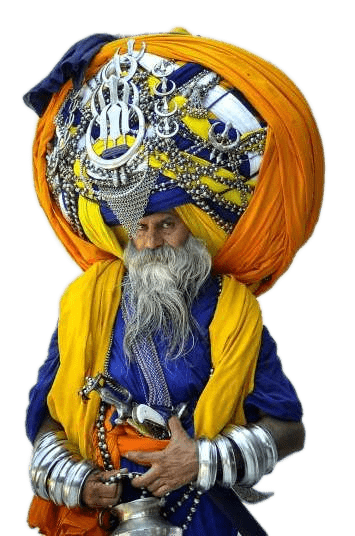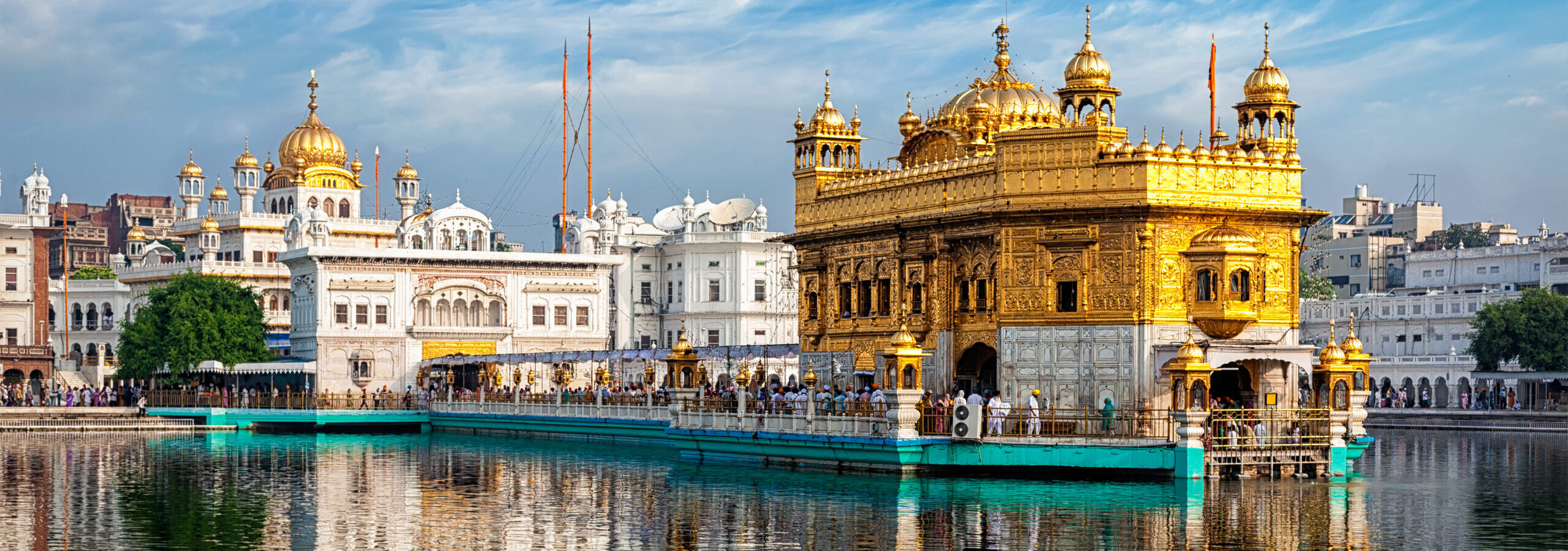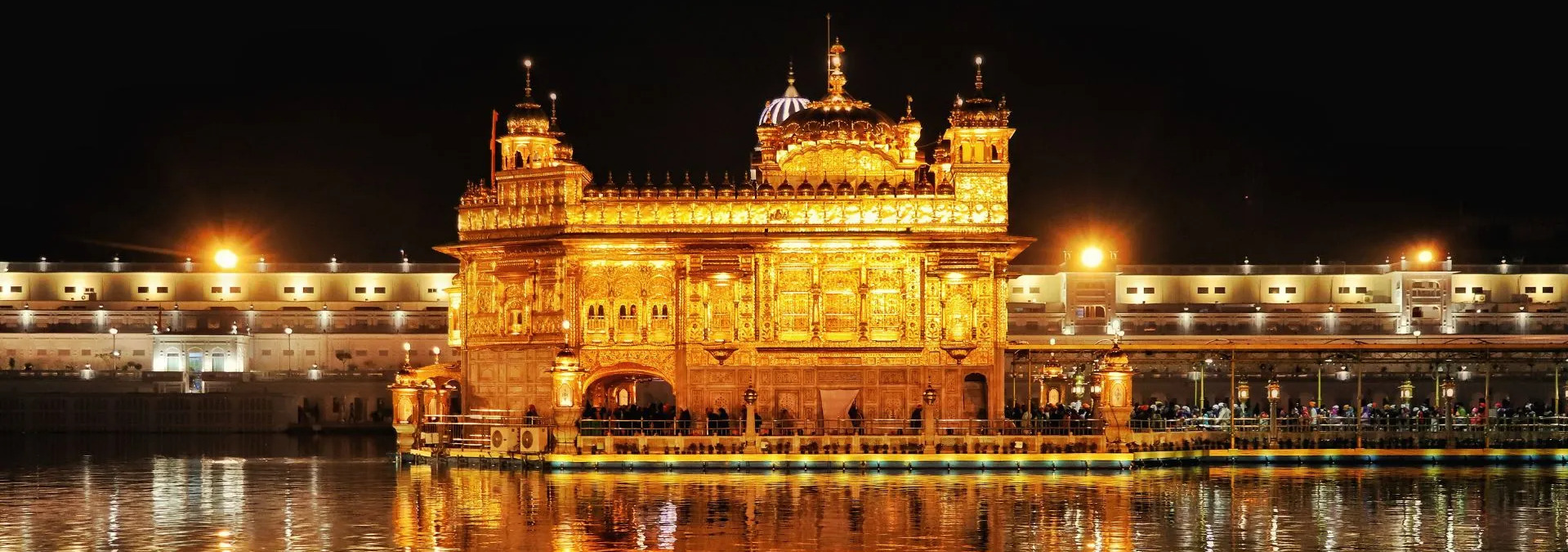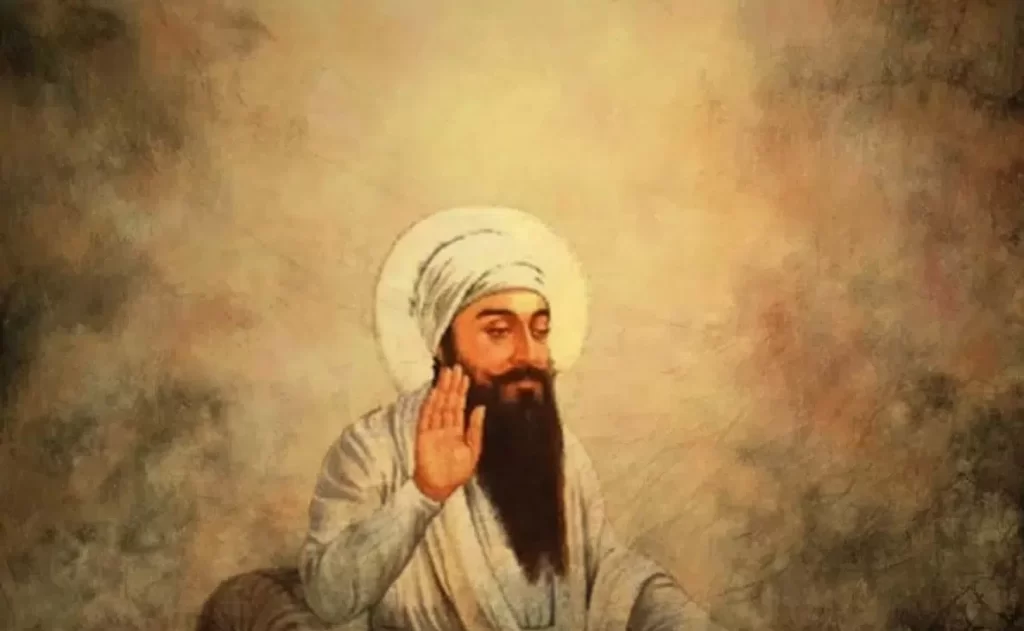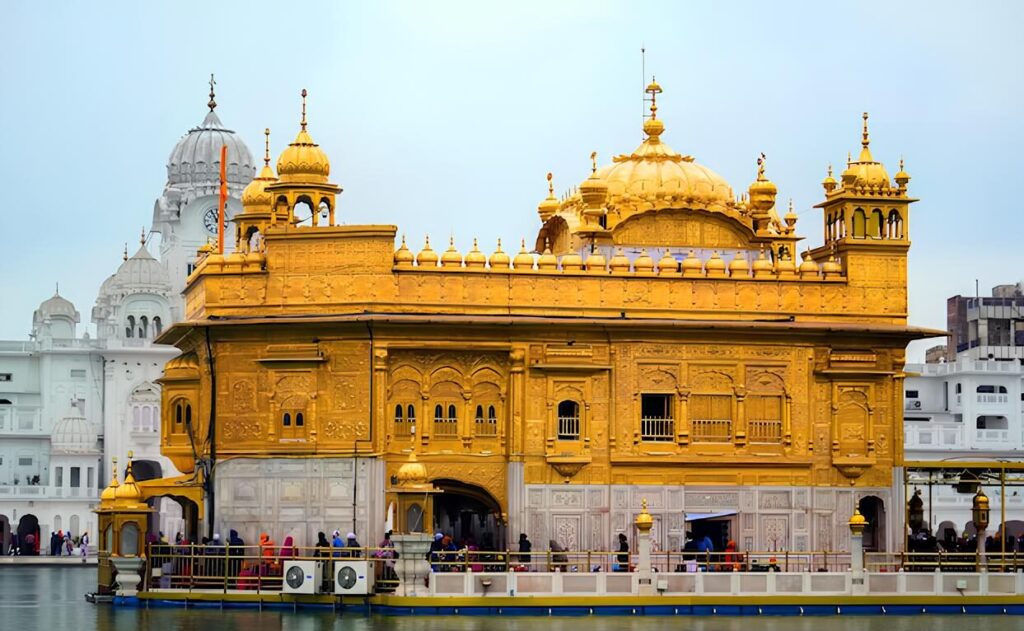Foundation of Khalsa Panth
According to Sikh tradition, Sikhism was established by Guru Nanak dev ji (1469–1539) and subsequently led by a succession of nine other Gurus. All 10 human Gurus, Sikhs believe, were inhabited by a single spirit. Then after Khalsa tradition was established in 1699 by Guru Gobind Singh, the Tenth Guru of Sikhism. This was a significant event in Sikh history. Guru Gobind Singh established the Khalsa tradition after his father, Guru Tegh Bahadur, was beheaded during the Islamic sharia rule of the Mughal Emperor Aurangzeb.
The Khalsa tradition introduced a new initiation ceremony and code of conduct, and provided the community with a new religious and political vision. The new initiation ritual was called Amrit Pahul, Punjabi for “the nectar ceremony,” or khande ki pahul, Punjabi for “ceremony of the double-edged sword”.
“Khalsa“, is derived from the Arabic word “Khalis” which means “to be pure, to be clear, to be free from, to be sincere, to be true, to be straight, to be solid”.

Khanda represents the warrior code of the Khalsa
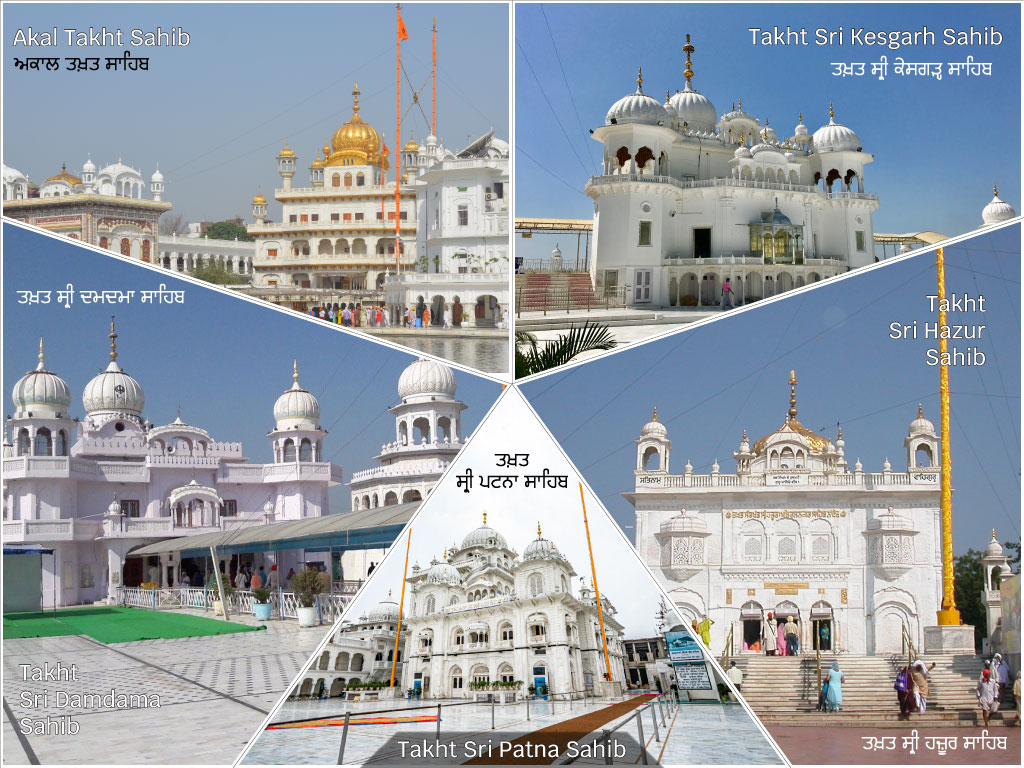
Five Takht of Sikhism
The founder of the Sikh tradition, Guru Nanak, was born in the region of Punjab, South Asia, in 1469 CE. He lived a life of spirituality, service, and honesty, and the disciples who began to follow his teachings came to be known as Sikhs. The Sikh community grew under the guidance of ten religious leaders — gurus — the last of whom passed away in 1708 CE.

Sikh Rehat Maryada
The Rehat Maryada was created to provide guidance to Sikhs (and those desirous of embracing the Sikh faith) on practical and functional aspects of daily life, including the operations of Sikh Gurdwaras, and religious practices to foster cohesion throughout the community.
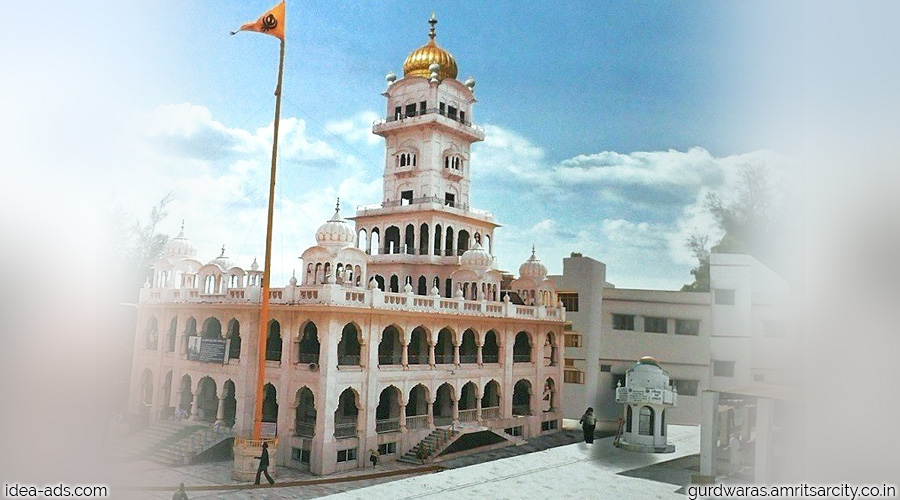
Gallery
Sikh Art Gallery provides insight on Sikh History and Heritage thru display of Sikh Art and Artifacts. It also offers one and only place where you can read all the recognitions Sikh Community got from Federal, State, City leaders of Connecticut. Sikhism was established by Guru Nanak (1469–1539) and subsequently led by a succession of nine other Gurus
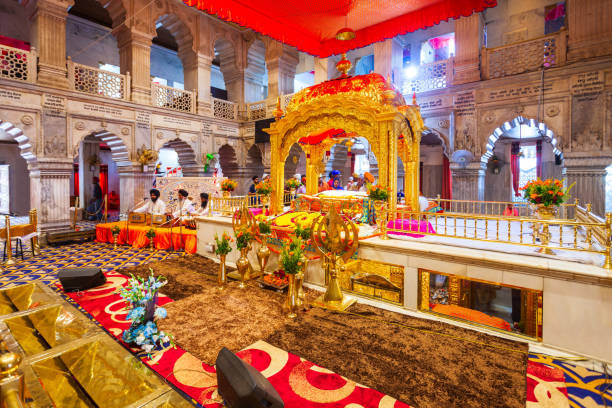
Gurudwaras Harmandir Sahib Complex

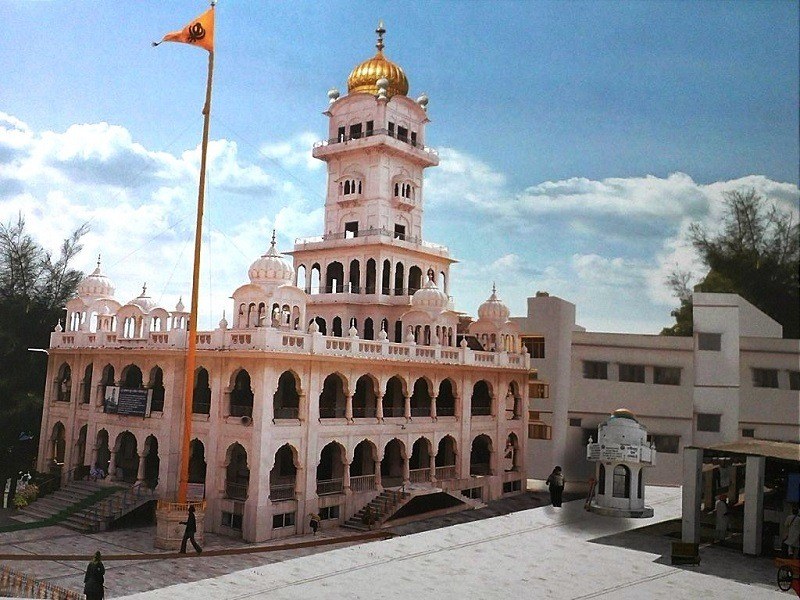

Read Popular Q&As
Check out the concise answers to frequently asked Sikhi questions
Khima – Forgiving nature
Ahinsa – Non-violence
Daya – Compassionate nature
Mridh – Speaking sweetly, polite nature
Sat Bachan – Speaking the truth
Tap – Meditation, penance, Seva (Selfless service)
Daan – Giving nature
Seel – Calm and patient nature
Soch – Pure
Trisna Bina – Without any desire
We should all attempt to bring these ten qualities into our lives. To learn more about these qualities and what the realm of Dharam (Dharam Khand) is, check out our article on the Ten Qualities of Dharmik Person.
